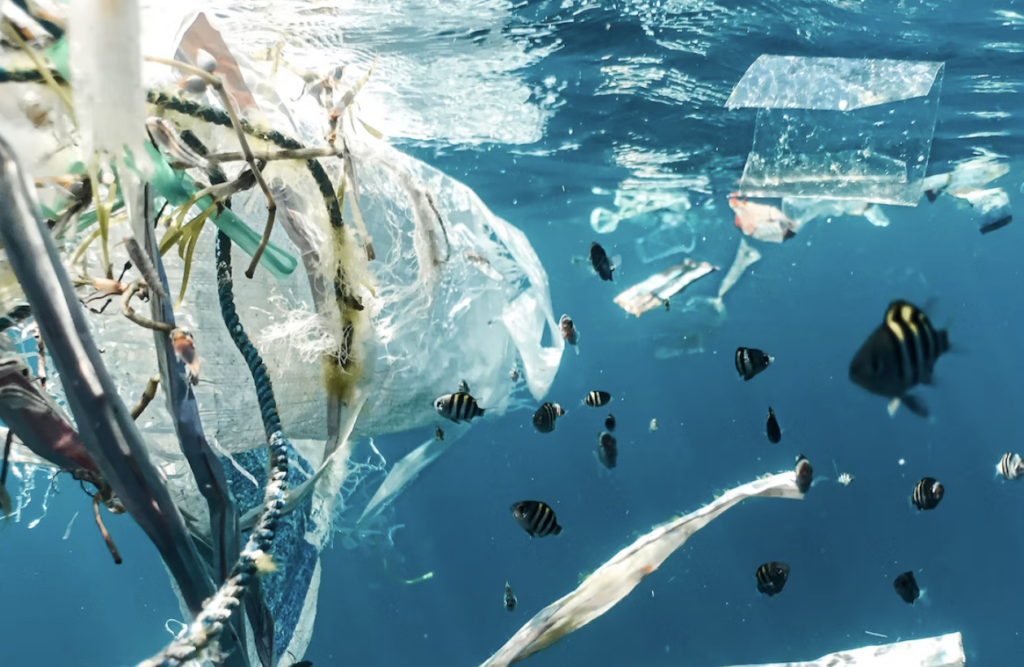Marine Species Are Turning Ocean Garbage Into Thriving Ecosystems
Researchers have discovered that the Great Pacific Garbage Patch has become a thriving ecosystem for some marine species, showcasing the astounding adaptability of life.
This article is more than 2 years old

The Great Pacific Garbage Patch, a massive floating collection of ocean garbage, has been a cause of concern for ocean and climate scientists for years; the 620,000 square mile garbage heap has been thought to have adverse effects on everything from marine life to ocean temperatures. The ocean is nothing if not adaptable, though, and scientists have recently found that the Great Pacific Garbage Patch has become home to a variety of marine species, many of which are usually only found near coasts. The ocean garbage has seemingly become home to a variety of nonnative species, far from their original homes, that are now thriving in this new, garbage-based ecosystem—an unexpected but encouraging development.
These recent findings debunk a previously held belief that the open ocean is so inhospitable to coastal species that they could never survive; what the Great Pacific Garbage Patch has become, then, is a massive, moving coast made of ocean garbage. Most of the plastic trash that was studied by researchers showed signs of being inhabited by coastal species, far from their native homes. According to NPR News, researchers found thriving coastal species on 70 percent of the studied debris.
In an especially exciting discovery, scientists found many debris items were home to both coastal and open-ocean species, meaning that species that have never previously interacted are now regularly interacting in the same ecosystem, creating an entirely new one. Because the floating ocean garbage is essentially a brand-new ecosystem, scientists have lots to study, observe, and discover about how it works and how different species interact with one another. Many of the species that now find themselves in the open ocean for the first time ever serve as food for other, larger species like turtles, fish, and marine mammals; scientists are not yet sure how the open-ocean availability of these food sources will affect the food chain, but it’s very likely to do so.
While the discovery of coastal species living in ocean garbage in the middle of the open ocean is an exciting one, many scientists are concerned that the new ecosystem may have adverse effects on ocean life as a whole. According to Futurism, species that have previously been limited to one ecosystem may find their way to new ones, and have the potential to become invasive, harming native species. Like many environmental effects of human activity, what seems like a positive adaptation to human harm may end up only causing further harm to marine ecosystems.
As the ocean garbage patch continues to grow, the likelihood of long-term ocean environment changes grows as well. While it’s encouraging to see marine species surviving and adapting to human waste and pollution, we can only guess at the long-term effects such changes and adaptations will have. These recent scientific discoveries provide more questions than answers, and researchers around the world are racing to ocean garbage patches to conduct further study and see just how these garbage ecosystems work—and how they’ll affect the big blue for generations to come.





